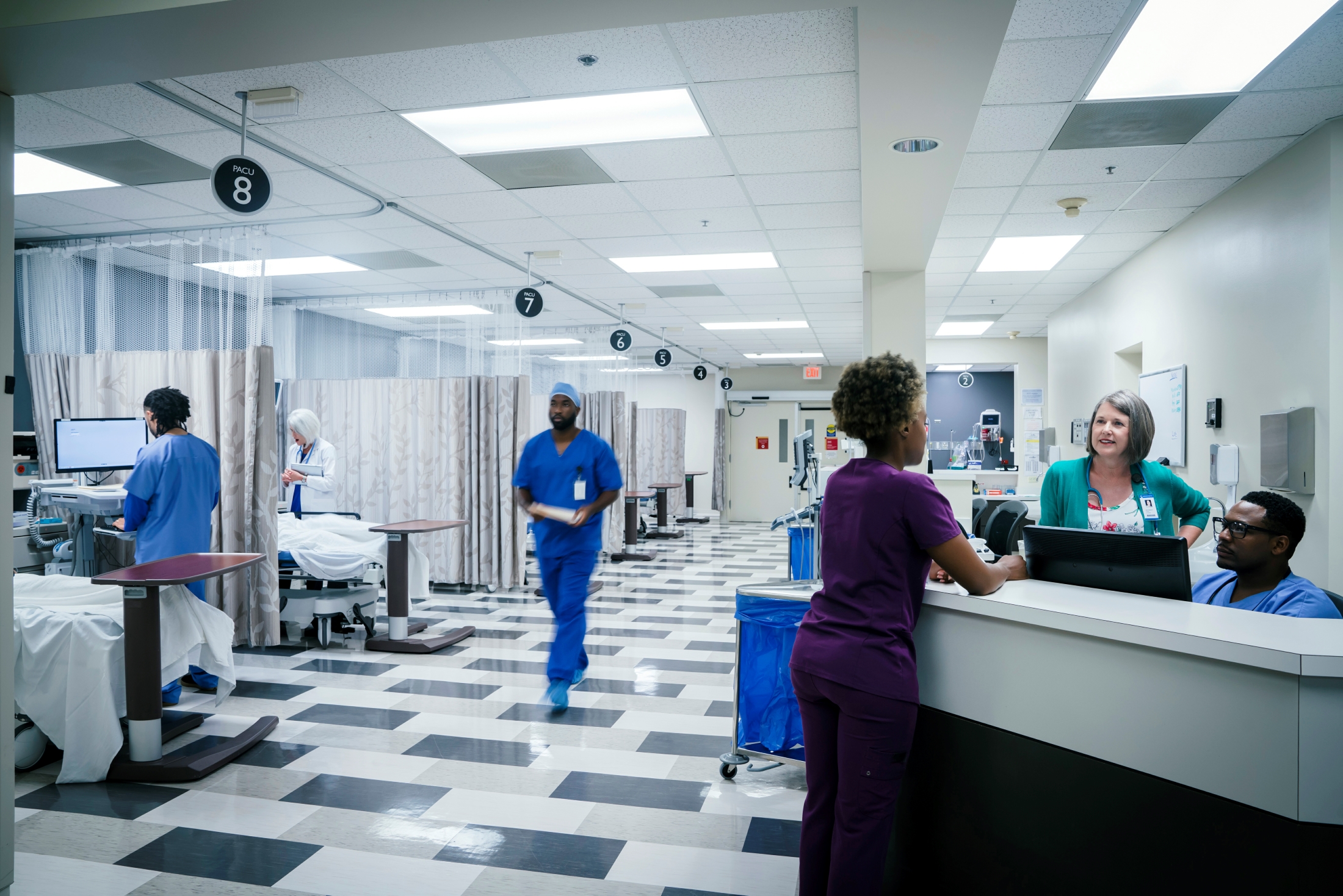Using access control to ensure compliance in healthcare
Many hospitals and medical clinics use access control beyond its intended “lock and unlock doors” purpose. Find out how medical facilities use access control to increase efficiency and ensure they comply with regulations.

Running a medical facility can be complicated, and security is an essential element to consider. Controlling the flow of people in and out of a healthcare facility is vital to keep the building secure. This also helps protect patients and staff, maintain the facility’s reputation, and preserve its assets.
Access control is mainly used to only allow those with proper permissions to gain entrance to a room or facility. Although, many hospitals and medical clinics use access control beyond its intended “lock and unlock doors” purpose. They have applications that simplify day-to-day tasks, increase efficiency, and help organizations comply with regulations.
Securing medicine dispensaries at hospitals
Given the very nature of hospitals, powerful narcotics and medicines are always readily available. While more hospitals have implemented regulations and policies surrounding access to and distribution of drugs, there are still potential vulnerabilities lurking. One such vulnerability is the potential for theft of these drugs by employees. A recent report in Drug Diversion Digest showed that over 70% of medication tampering, fraud, and theft occurred in hospitals, medical centers, ambulance services, long-term care facilities, and pharmacies.
To mitigate these risks, many hospitals are turning to access control systems. By digitally monitoring and controlling access to drug cabinets and dispensaries, hospitals can reduce the likelihood of misuse or theft.
Running audit trail and operational reports
Access control systems also provide traceability by recording who accessed the areas and can be used to identify any suspicious activity. Management can run reports to see which cabinets were accessed and by whom if any fraud is suspected.
Unifying access control with video surveillance allows operators to retrieve an access control event with the correlated video recording. This means they'll be able to see if the person swiping the badge was, in fact, the authorized individual. This ensures additional levels of adherence to policies and minimizes risks.
Running reports can also boost response efficiency by adding systems with minimal resources to limit employee fatigue. These can also be used to review time and attendance reports to spot overworking.
Providing proof of compliance
To ensure access and distribution regulations of medication are followed, hospitals need to have a compliance program in place. These regulations also help prevent fraud and abuse of patients. Beyond that, healthcare regulations protect patient privacy and safety and encourage healthcare professionals to provide the best possible care to their patients.
The medical industry cannot understate the importance of staying compliant with regulations such as HIPPA in the United States. The right physical security platform can help protect patient privacy by anonymizing their identity. This way, only those who need to see the information will have access to it. In addition, such a system can help protect your system from emerging cyber threats.
Defending against cyber threats
As threats become more sophisticated, organizations must take proactive steps to protect patient records, employee credentials, and medical data. A comprehensive access control system has built-in security mechanisms such as advanced encryption and authentication technologies, and secure access cards. These technologies help protect communications from the reader to software and ensure data doesn’t end up in the wrong hands.
